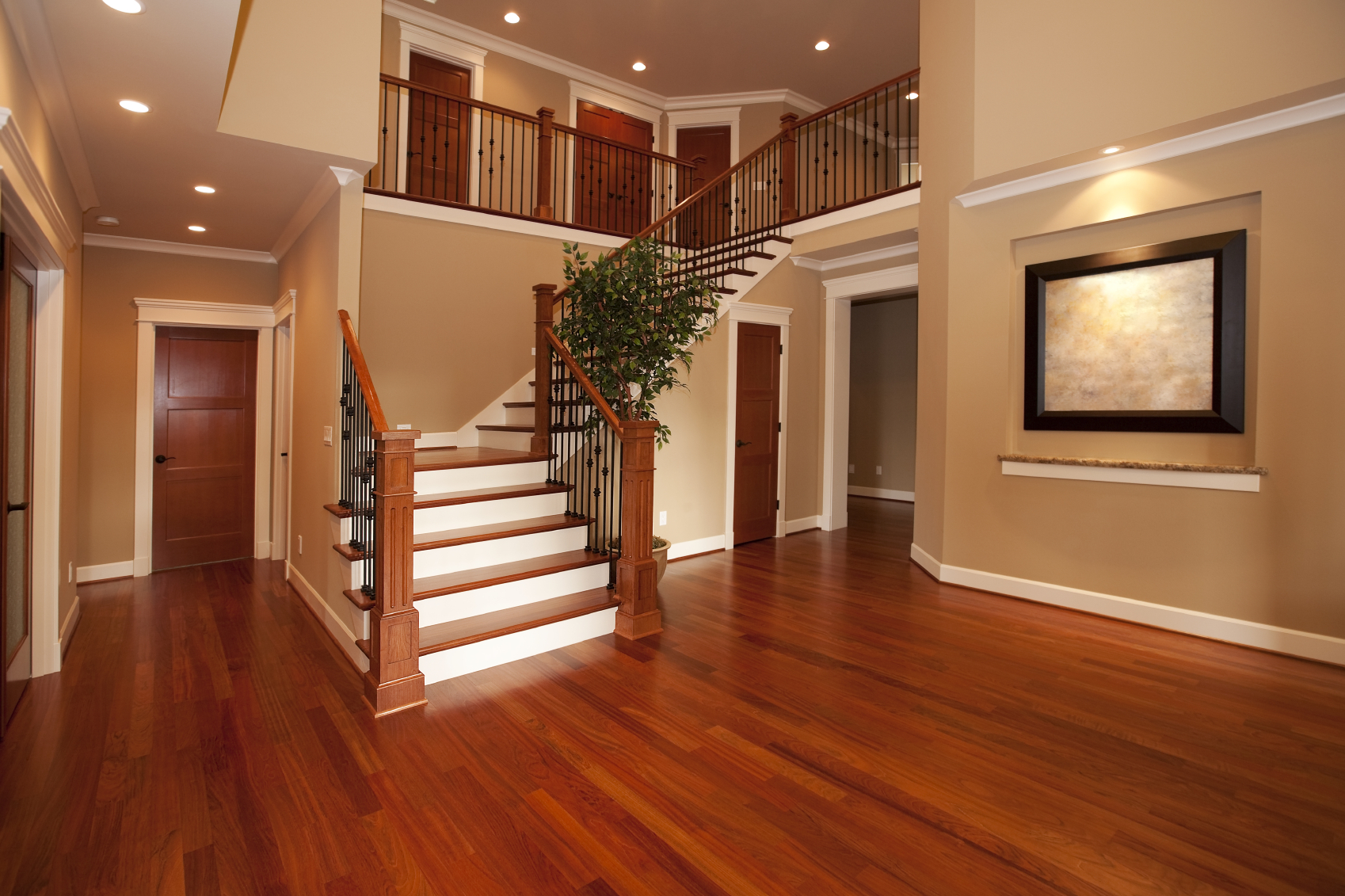Hardwood floors, whether natural or an engineered hardwood option from somewhere like Hardwood Planet, are a beautiful addition to any home, and when maintained properly can last for decades. Unfortunately, floors in downstairs high-traffic areas can experience a lot of wear over the years. Getting the best from your timber flooring means keeping it clean and in good condition, but how should you do this? With lots of conflicting advice out there on how to look after hardwoods, we have compiled the ultimate guide to cleaning and caring for your timber floor.
Prevention is better than cure
Keep your hardwood floors clean to avoid the potential damage that a build up of dust and dirt can cause. Sweep or vacuum floors regularly and consider implementing a ‘no shoe’ rule in the house to minimise the amount of grit being brought in. Water is essentially wood’s worst enemy, causing irreparable damage such as warping and swelling if left to soak in. In fact, if there is an excess of water retained by the wood, it could lead to mold growth which spreads to other parts of the house, such as the walls and ceilings. So, mop up spills as soon as possible, and make sure you dry the area fully. And from time to time, ensure that you conduct a mold inspection in Montpelier, VT, if that’s where you live. It would help you get rid of any unexpected growth before it becomes a problem to worry about.
Also, scratches to your flooring from the furniture are easily avoided by lifting rather than dragging any furniture that you need to move, and consider adding floor protectors onto the bottom of the chair or table legs. Protect high-traffic areas with strategically placed rugs to mitigate heavy use and prevent uneven wear to the wood.
What not to do
One tip applicable to all types of timber flooring is to never use diluted vinegar to clean it. The acidic nature of vinegar will cause damage to any kind of wood coating, which will dull the finish. Avoid using ammonia or other harsh cleansers as well, as these can cause the coating or sealant on your floor to break down quicker, leaving it unprotected.
If you are using water to clean a wooden floor, always take a ‘less is more’ approach and ensure that the mop or cloth you are using is only slightly damp. Never pour water directly onto your floor, as this can cause serious damage such as warping or splitting. Avoid using furniture waxes or sprays that leave an obvious residue. This can make floors slippery, and long term the build-up can cause problems as the timber will need to be sanded down before it can be resealed or refinished.
Find the right products
When choosing cleaning products for your flooring, opt for one designed for the specific type of finish, as it is the finish that you are really cleaning rather than the wood. If you are having new wood floors installed, the fitter or manufacturer should be able to recommend the most suitable products that you should use.
If you are unsure of which products are suitable for your hardwood flooring, just stick with water. Lift surface dirt off initially using a vacuum, to help prevent grit from scratching your floor when you mop it. Then use a damp (but not wet) cloth or mop to scrub the floor. Top tip? If you are able to, getting down on hands and knees means you are less likely to miss a spot. A sparkling clean floor will be yours in no time.

